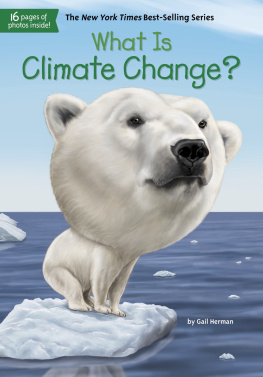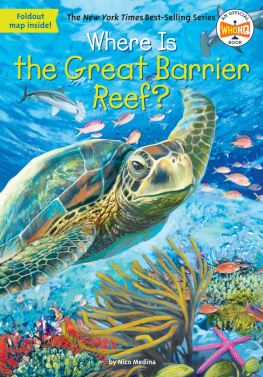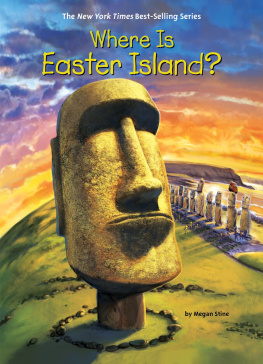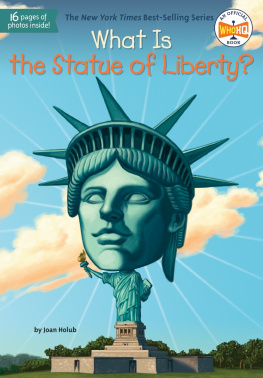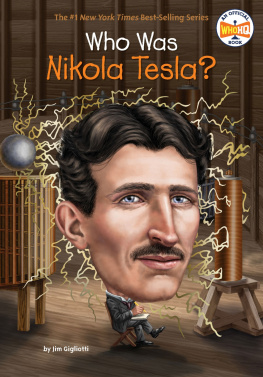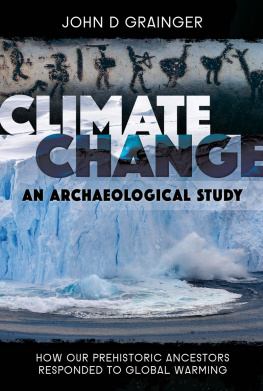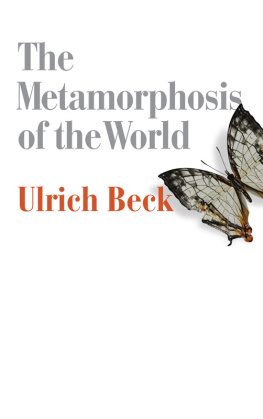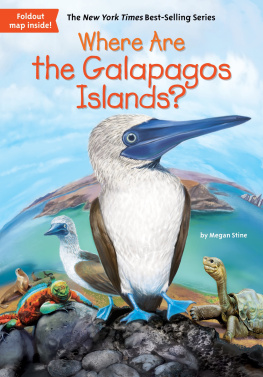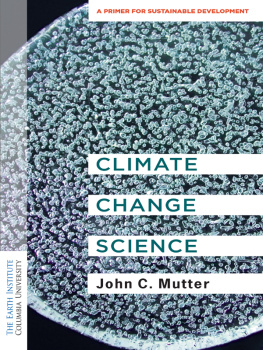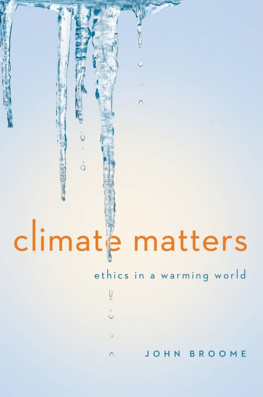John Hinderliter - What Is Climate Change?
Here you can read online John Hinderliter - What Is Climate Change? full text of the book (entire story) in english for free. Download pdf and epub, get meaning, cover and reviews about this ebook. year: 2018, publisher: Penguin Young Readers Group, genre: Children. Description of the work, (preface) as well as reviews are available. Best literature library LitArk.com created for fans of good reading and offers a wide selection of genres:
Romance novel
Science fiction
Adventure
Detective
Science
History
Home and family
Prose
Art
Politics
Computer
Non-fiction
Religion
Business
Children
Humor
Choose a favorite category and find really read worthwhile books. Enjoy immersion in the world of imagination, feel the emotions of the characters or learn something new for yourself, make an fascinating discovery.
- Book:What Is Climate Change?
- Author:
- Publisher:Penguin Young Readers Group
- Genre:
- Year:2018
- Rating:4 / 5
- Favourites:Add to favourites
- Your mark:
- 80
- 1
- 2
- 3
- 4
- 5
What Is Climate Change?: summary, description and annotation
We offer to read an annotation, description, summary or preface (depends on what the author of the book "What Is Climate Change?" wrote himself). If you haven't found the necessary information about the book — write in the comments, we will try to find it.
What Is Climate Change? — read online for free the complete book (whole text) full work
Below is the text of the book, divided by pages. System saving the place of the last page read, allows you to conveniently read the book "What Is Climate Change?" online for free, without having to search again every time where you left off. Put a bookmark, and you can go to the page where you finished reading at any time.
Font size:
Interval:
Bookmark:

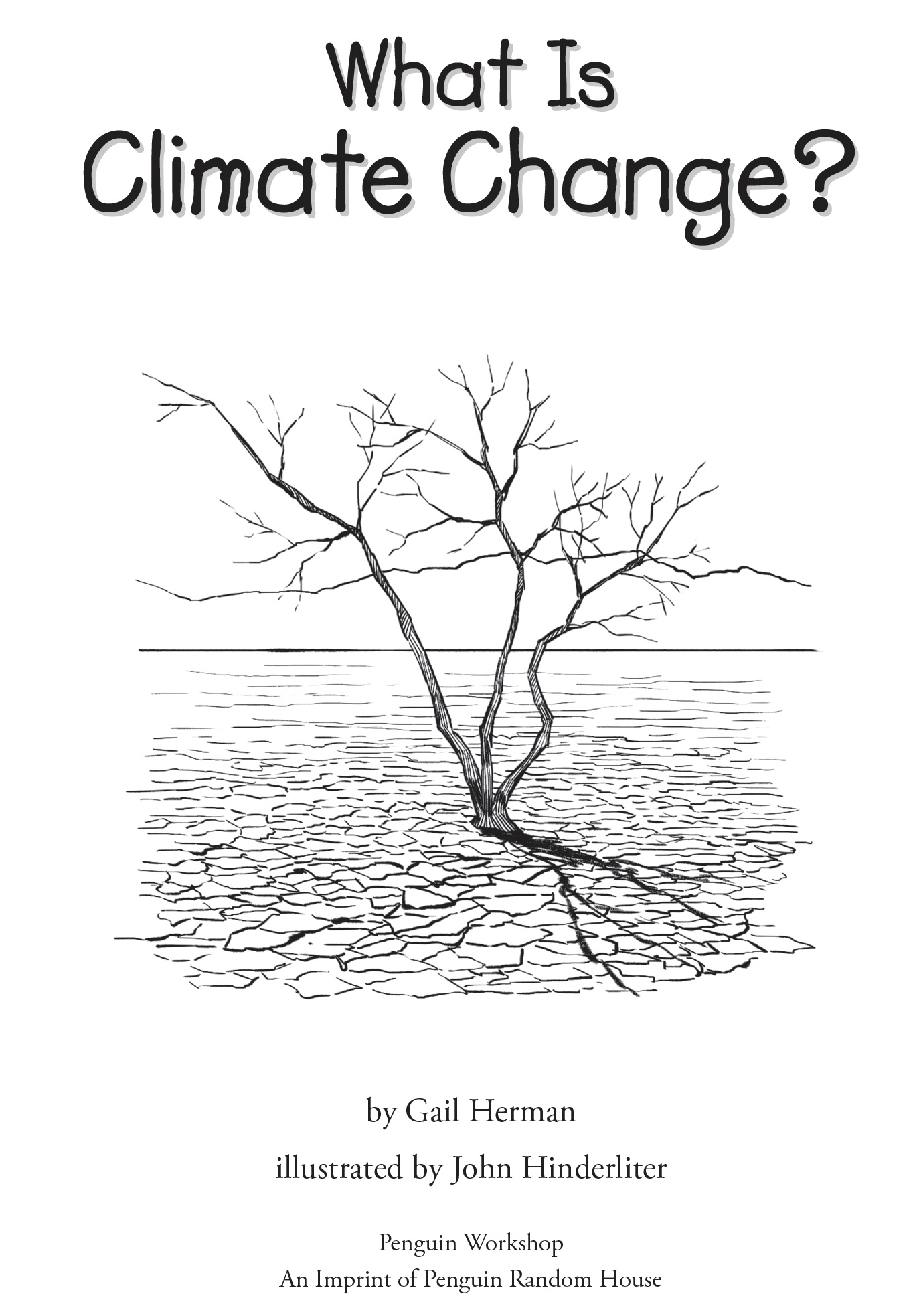
To Bennett and Sam, for their guidance and inspirationGH
For Keegan, because science is coolJH
PENGUIN WORKSHOP
Penguin Young Readers Group
An Imprint of Penguin Random House LLC

If you purchased this book without a cover, you should be aware that this book is stolen property. It was reported as unsold and destroyed to the publisher, and neither the author nor the publisher has received any payment for this stripped book.
Penguin supports copyright. Copyright fuels creativity, encourages diverse voices, promotes free speech, and creates a vibrant culture. Thank you for buying an authorized edition of this book and for complying with copyright laws by not reproducing, scanning, or distributing any part of it in any form without permission. You are supporting writers and allowing Penguin to continue to publish books for every reader.
The publisher does not have any control over and does not assume any responsibility for author or third-party websites or their content.
Copyright 2018 by Penguin Random House LLC. All rights reserved. Published by Penguin Workshop, an imprint of Penguin Random House LLC, 345 Hudson Street, New York, New York 10014. PENGUIN and PENGUIN WORKSHOP are trademarks of Penguin Books Ltd. WHO HQ & Design is a registered trademark of Penguin Random House LLC.
Library of Congress Cataloging-in-Publication Data is available.
ISBN 9781524786151 (paperback)
ISBN 9781524786175 (library binding)
ISBN 9781524786168 (ebook)
Version_1
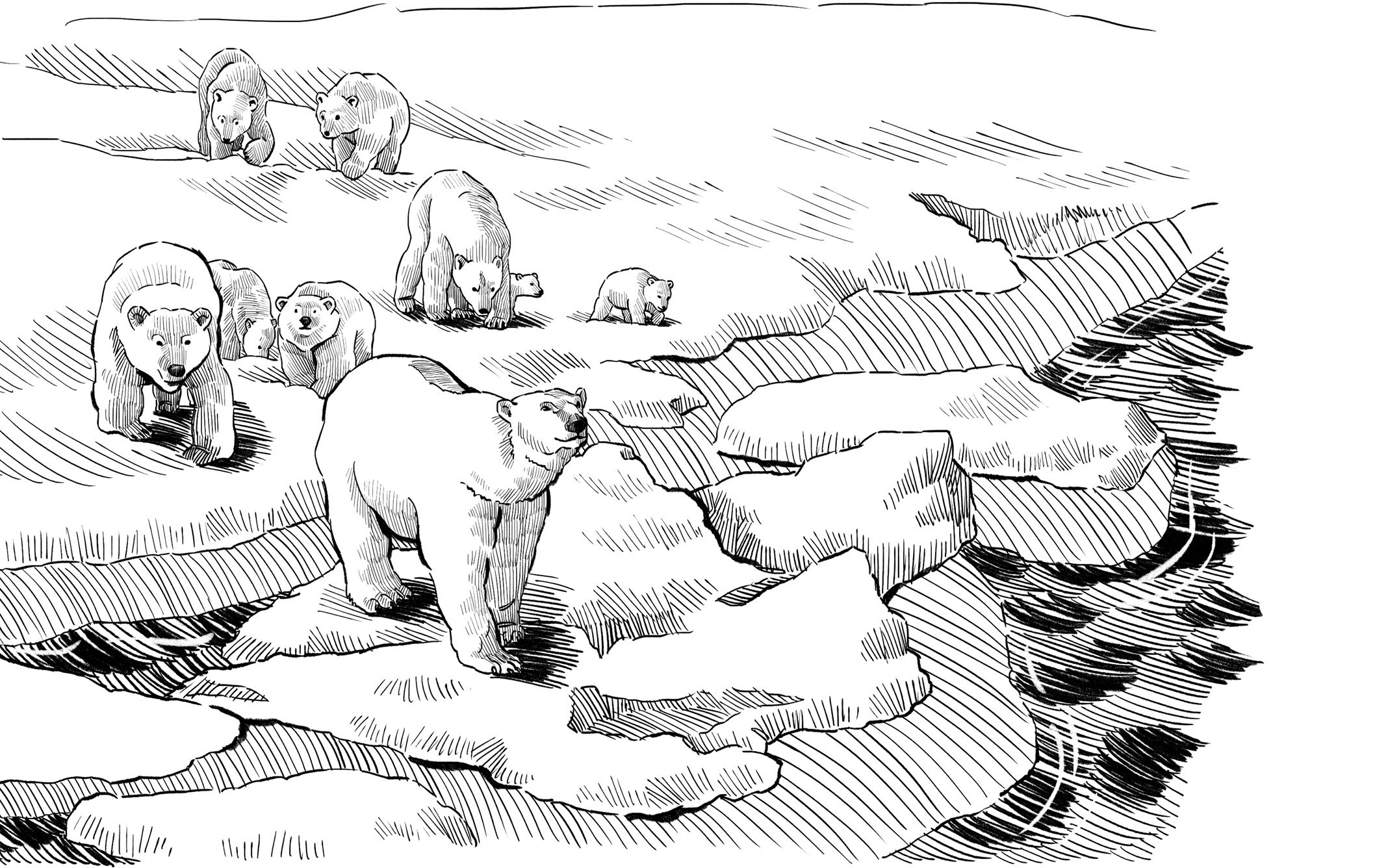
In the Canadian Arctic, winter used to come early. By early November, temperatures dipped below zero. Snow covered the ground. Hudson Bay became covered in solid ice.
Hundreds of polar bears lumbered onto the frozen water, making their way out to open ocean. All winter long, they swam from ice floe to ice floe. They mated. They hunted and fished. There were plenty of ringed seals to eat.
When summer finally came in August, the ice melted. The polar bears swam back to land. The males play-fought. The females watched over their young cubs. Months passed. Polar bears lounged on tundrastill-frozen groundusing little energy. They waited for cold weather. They waited to go out to sea again.

Polar bears are strong, majestic creatures, standing up to nine feet tall and weighing up to one thousand pounds. They are built for the cold. Their snow-white coat is thick, with a double layer of fur. Also, a layer of fat lies just under their skin, keeping them extra warm. For months, polar bears have to live off this fat, gained from winter feedings on the ice. When theyre on land, they barely eat.

Polar bear in Hudson Bay from the 1980s
In early November 2016, the polar bears were still on land. There was no sea ice on Hudson Bay. Weeks passed. By December, there was still barely any ice at all. So the polar bears had to wait longer to return to the sea. Some paced back and forth along the shoreline. Others lay on the ground, not doing much at all.
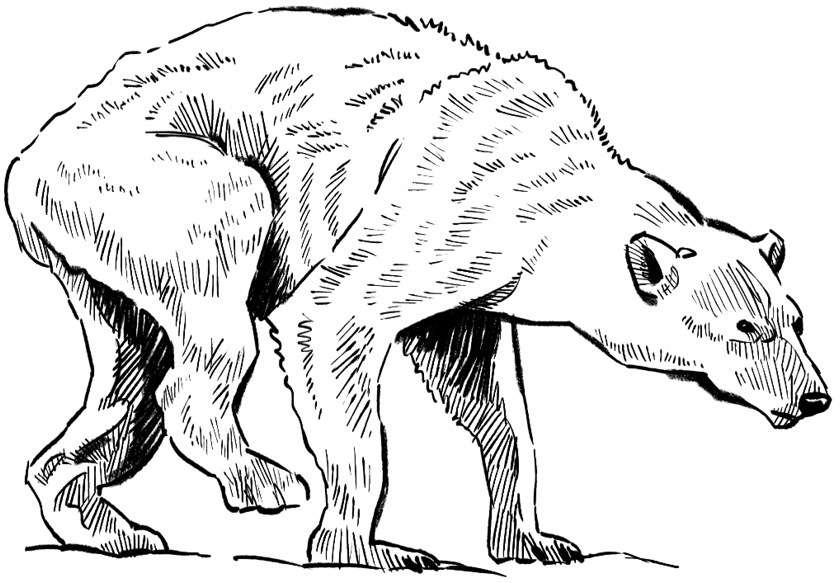
Polar bear in Hudson Bay in 2016
The warmer climate affected the polar bears in important ways. In the 1980s, Hudson Bay bears were bigger and rounder, well fed. Recently theyve been losing weight and becoming weaker. Thats because with fewer weeks on ice, their hunting season has become shorter. They have less food. In Hudson Bay, polar bear numbers have dropped. The bears have fewer cubs. And not all cubs survive.
In 2016, the water in Hudson Bay didnt freeze until December 12. That was very late. Sea ice is finally forming, one scientist reported. The polar bears are moving quickly offshore.
Even on ice, however, the polar bears had a tougher time. There was more water between floes. The polar bears were already weakened by long months on land. And yet they had to swim longer distances to get from place to place to hunt.
Observers followed one female who had to swim nine days straight to reach an ice floe.
The Arcticthe polar bears habitatis changing. Temperatures have gone up about 3 degrees Celsius (C), or 5.4 degrees Fahrenheit (F), since 1900.

The ice cover is shrinking, too. In 2017, it was 30 percent smaller than it was twenty-five years earlier. And each year, the remaining ice cover is melting faster and faster.
The fact is that our entire planet is getting warmer, not just the Arctic. Certain gases in the atmospheregreenhouse gaseshold in heat, keeping it from escaping into space. Higher temperatures bring changes in plant and animal life. In sources of food and water. In rainfall and snowfall, floods and droughts. Habitats around the world are at risk.
Its all part of climate change.
Things Are Heating Up
First of all, what is climate?
Before you dress each day, do you check the climate to figure out what to wear? No, you check the weather.
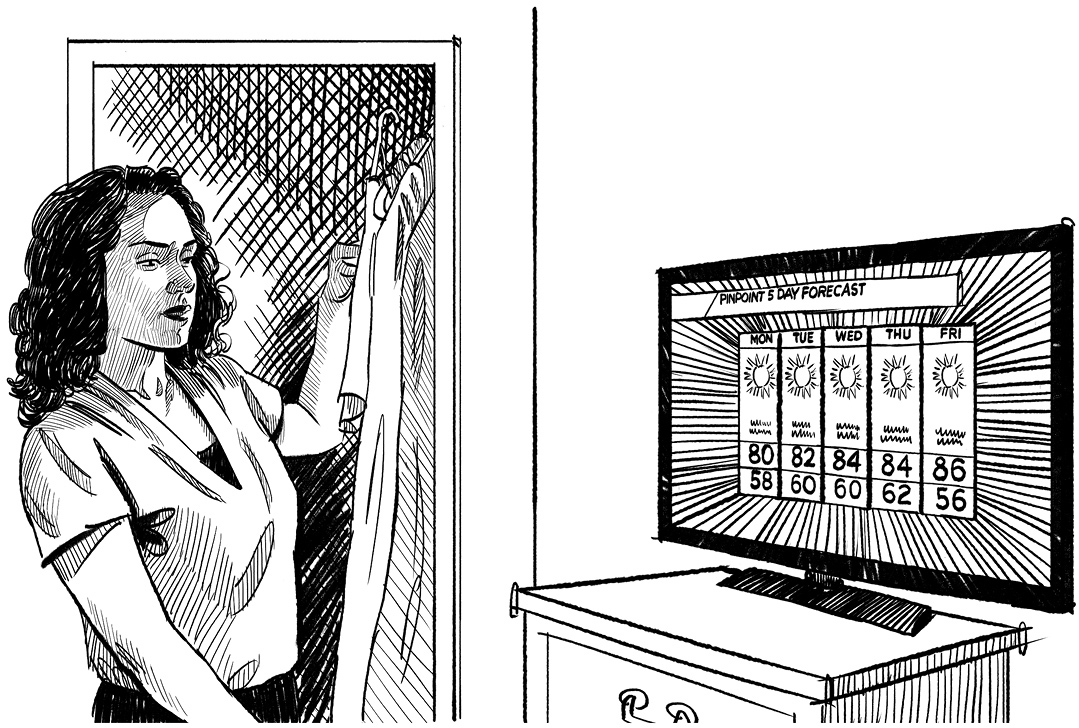
Weather changes often, sometimes in the space of a couple of hours. Climate doesnt. Climate is the weather over long periods of time.
Scientists who study climate look at weather patterns. They need to measure temperature and precipitation (rainfall and snowfall). Theyll look to see if there are changes over thirty years, fifty years, or even one hundred years. By studying these long periods, they see whether conditions on Earth are changing.

Scientists have taken measurements from weather stations around the world, in hot places and cold ones. And the average temperatures in all these places have gone up almost 2F since the 1880s. That may not sound like a big difference, but it is.
Earth has been having fewer cold days and more warm days. There have been fewer record low temperatures and more record highs. Even freezing-cold places are getting warmer, and not just in the Arctic. Its also happening in Antarctica, by the South Pole. Ice caps, glaciers, and ice sheetsall forms of land iceare melting.
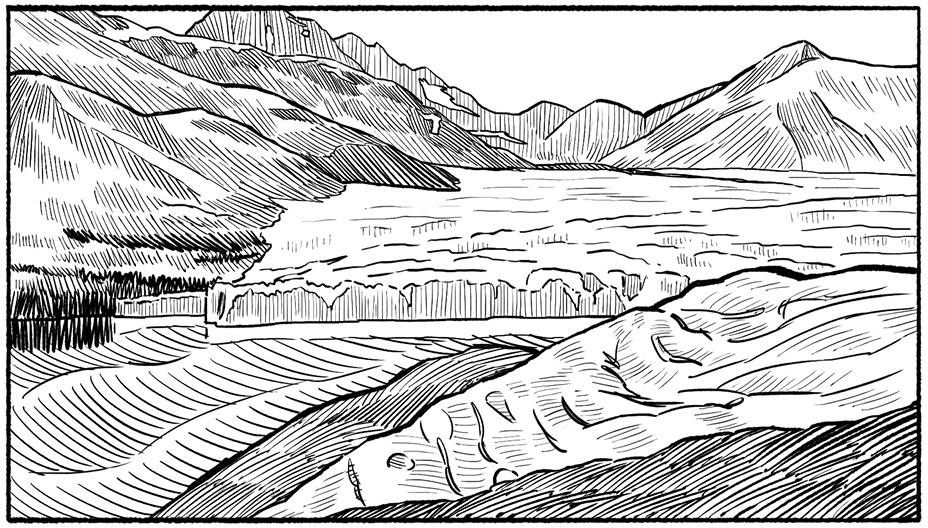
Font size:
Interval:
Bookmark:
Similar books «What Is Climate Change?»
Look at similar books to What Is Climate Change?. We have selected literature similar in name and meaning in the hope of providing readers with more options to find new, interesting, not yet read works.
Discussion, reviews of the book What Is Climate Change? and just readers' own opinions. Leave your comments, write what you think about the work, its meaning or the main characters. Specify what exactly you liked and what you didn't like, and why you think so.

